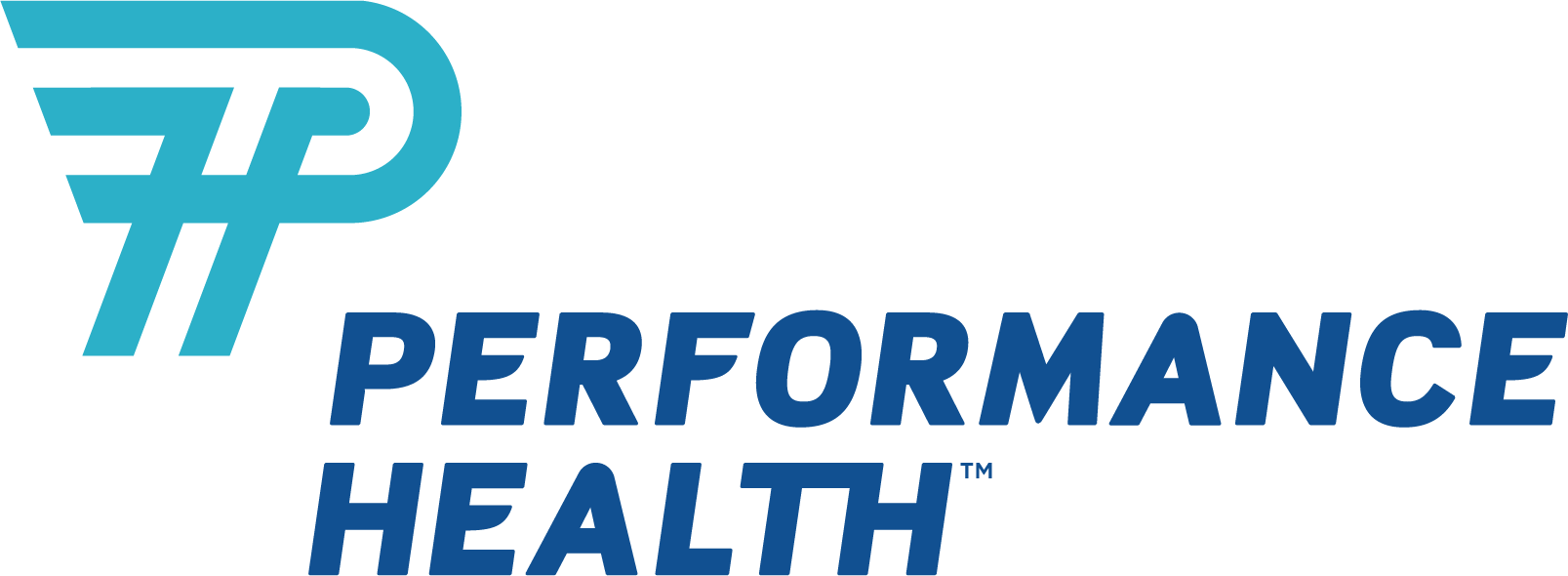Who is Rolyan?
Where Ingenuity and Artistry Go Hand in Hand
The Benefits of Low Temperature Thermoplastic Splints
The Rolyan Spectrum of Products
Rolyan Tools and Accessories
Additional Resources

Who is Rolyan?
Rolyan has led the way in thermoplastic splinting material for nearly 50 years. Rolyan was founded in 1975 when an occupational therapist shared an idea with her engineer husband, John Naylor Clark III. She believed a more conformable, low-temperature thermoplastic would revolutionize the industry. Together, they created Rolyan and its first splinting material, Polyform™.
Since then, Rolyan has worked to help clinicians provide the highest levels of patient care. Knowing splinting requires ingenuity and artistry, Rolyan offers the most extensive spectrum of thermoplastic material for splinting to match every patient’s needs.
Proudly made in the USA (self-manufactured in Cedarburg, Wisconsin) Rolyan is proud to partner with certified hand therapists, occupational therapists, and physical therapists to help patients live their best.
The Benefits of Low Temperature Thermoplastic Splints
Splinting has been around since at least 460 B.C. when Hippocrates created splints using the split stalks of large plants wrapped in wool or linen. After that came Plaster of Paris casts, high temperature thermoplastics, and then low temperature thermoplastics, like Rolyan.
There are two types of thermoplastics. High-temperature options require heating to 500°F (260°C) and then shaping over a positive mold (usually a cast of the patient’s limb). The high heat means it can take hours or days to complete.
Low-temperature options only need to be heated to around 150°F (65°C) which allows the splint to be molded directly onto the patient, saving you time and expense. The easier fabrication process and time to create the splint are the main benefits of choosing low-temperature thermoplastics.
The Rolyan Spectrum of Products
Rolyan offers a wide spectrum of low-temperature thermoplastic options to fit the needs of all therapists. The broad range of handling and physical characteristics enable Rolyan to meet different splint-making requirements.
The Rolyan spectrum graphic below not only illustrates the relationship between splinting material families, but also serves as a tool for clinicians to identify materials that will support their needs.

Handling and Physical Characteristics
Here are some of the essential features you’ll want to consider when choosing the right splinting material.
Handling Characteristics
- Resistance to Stretch: how easily the material stretches when heated
- High resistance requires the clinician to work more forcefully when working with the material.
- Low resistance means a clinician needs to use less force to stretch the material.
- Conformability: how easily the material conforms to contours when force is applied
- Higher conformability works best with gentle handling.
- Lower conformability works better with firmer handling.
- Rigidity: strength of the splint once formed and cooled
- High rigidity makes the splint less likely to deform or fracture if outside force is applied.
- Rolyan materials have been evaluated using Young's Modulus (kpsi), so the higher the kpsi, the stronger the material.
- Memory: the ability of the material to return to its original shape and size after being reheated
- Products with 100% memory will return to their original shape when placed in a hot water bath.
- Having 100% memory makes correcting mistakes easy, which is a useful trait for new therapists or those less experienced with splint fabrication.
Physical Characteristics

- Sheet Thickness: how thick the material is
- Rolyan offers 1/8" (3.2 mm), 1/16" (1.6 mm) and 3/32" (2.4 mm) thickness options.
- Thinner materials are best for smaller orthoses and soften and harden quicker, reducing their working time.
- Thicker materials are best for larger orthoses and typically have a longer working time.
- Perforations: the percentage of holes in the splinting material
- Rolyan offers a variety of perforation options.
- The higher the perforation percentage, the more material that’s been removed.
- Perforations make splints lighter, offer some degree of ventilation, and can affect the handling of the material.
- Bonding: whether the material will bond to itself when heated
- Coated material prevents an accidental bond to itself when the material is heated. A temporary bond can be created by pinching the material together, or a permanent bond can be created by scrubbing off the coating or removing it with a bond solvent.
- Uncoated material will stick to itself when heated without any additional preparation. The heated material will feel tacky and form an instant bond.
Rolyan Tools and Accessories
In addition to a wide variety of flat thermoplastic sheets, Rolyan also offers precut splint blanks that allow you to quickly create splints without needing to cut out the form and preformed splints that are still able to be customized by using a heat gun.
Beyond splinting material, Rolyan offers a variety of other tools for splint creation and hand therapy. The Rolyan Smart Splint Bath eliminates cross-contamination between patients and has pre-programmed recommended settings for each Rolyan thermoplastic material, making splint fabrication safer and easier for you and your patients.
From strapping material to therapy putty, and with the most extensive thermoplastic material options for splinting, there’s a reason therapists choose Rolyan for hand therapy!
Check out a sampling of Rolyan products!
Rolyan - Where Ingenuity and Artistry Go Hand in Hand
Additional Resources
- View all Rolyan Products
- Learn more about Rolyan product families
- Find the best thermoplastic material for your next splint
- Learn about Rolyan's newest Splint Bath
- Find out why you should upgrade from your current splint pan
Medical Disclaimer: The information provided on this site, including text, graphics, images, and other material are for informational purposes only and are not intended to substitute for professional medical advice, diagnosis, or treatment. Always seek the advice of your physician or other healthcare professional with any questions or concerns you may have regarding your condition.








 France
France Australia
Australia




















